“Artful Books,” on display now through the end of fall semester on the 4th and 5th floor lobbies of the Walter C. Langsam Library, features books created by members of the Cincinnati Book Arts Society (CBAS) inspired by and in celebration of UC and UC Libraries.
Earlier this year, CBAS members visited the Archives and Rare Books Library where they researched and reviewed various collections for inspiration – the results of which are now on display in two cases with over 15 artists’ books covering a wide range of subjects, forms and mediums. Select highlights of the exhibit include:
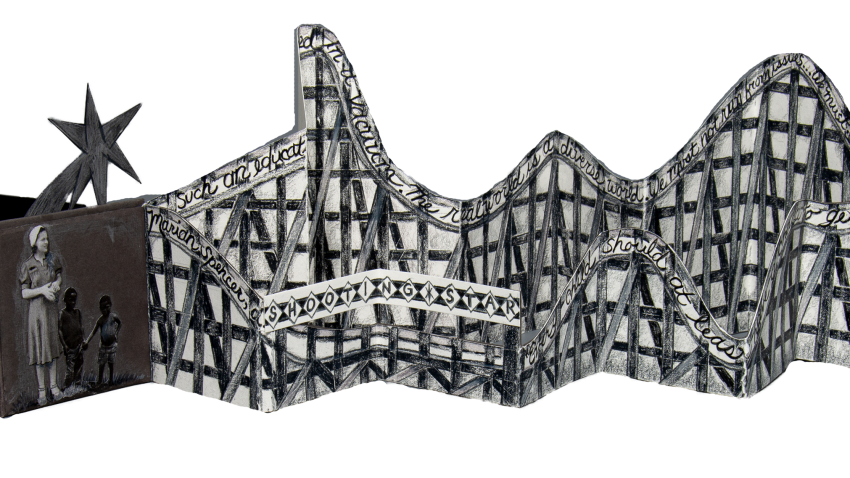
Jan Thomas, “Shooting Star”
Jan Thomas, “Shooting Star.” In 1952, Marian Spencer, along with her sons, was not permitted at segregated Coney Island, Ohio, Amusement Park. This singular event became the catalyst for a life of public service as a civil rights advocate, community leader and champion.
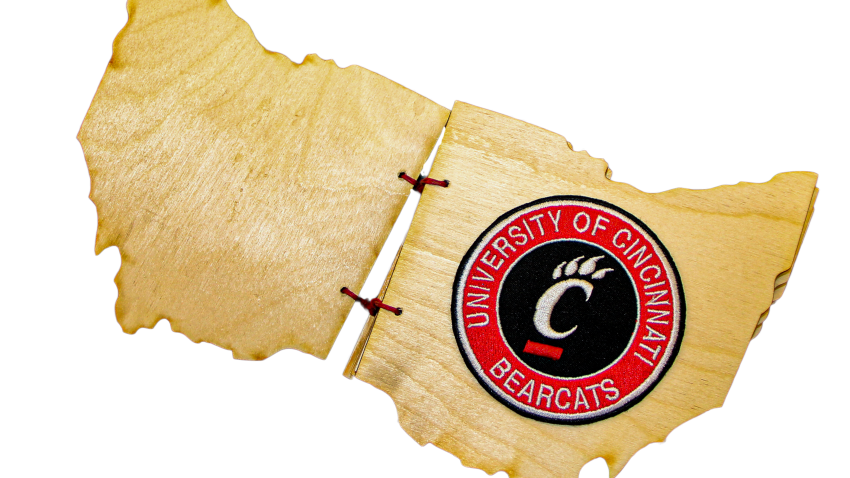
Marguerite and Doug Katchen, “Bearcats and the Past”
Marguerite and Doug Katchen, “Bearcats and the Past.” Bearcats have been symbols of UC at least since the early 20th century. Wooden plagues of the map of Ohio were used as pages on which was described a brief history of the University of Cincinnati and on which were displayed Bearcat and Ohio patches.
Beth Belknap Brann, “Queen’s Icons”
Beth Belknap Brann, “Queen’s Icons.” This hand-drawn book is a celebration of Cincinnati’s architectural gems of the late 19th century. It was inspired by the historic photo archives in UC’s Archives and Rare Books Library.

Smruti Deoghare, “200 Years of Red, Black (and White)
Smruti Deoghare, “200 Years of Red, Black (and White),” the University of Cincinnati colors are more than just college colors. This bold palette of tricolor represents unity in diversity. Over the last 200 years, the University has provided education to people from all walks of life and colors – red, black, white, and all shades in between. The artist feels Tangeman University Center is the ideal architectural symbol of inclusivity on campus.
A brochure describing all of the books on display is available at the exhibit and online.
“Artful Books” was curated by Jessica Ebert, conservation technician in the Preservation Lab and CBAS member, and was designed by Michelle Matevia, communication design co-op student.
The Cincinnati Books Arts Society began in 1998 and is a non-profit organization comprised of professional and amateur book artists, paper artists and creators. Their membership includes bookbinders, print makers, paper marblers, book artists, archivists, conservation professionals and book enthusiasts interested in learning more about books and how they are created. Interested in learning more about CBAS? Check out their website and follow them on Facebook (Cincinnati Book Arts Society).

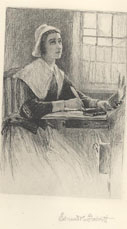
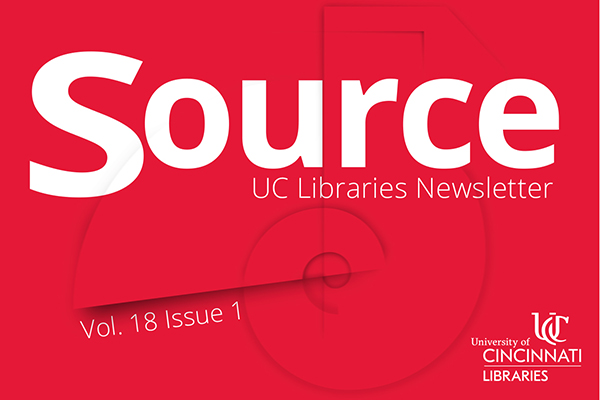 Read Source, the online newsletter, to learn more about the news, events, people and happenings in UC Libraries.
Read Source, the online newsletter, to learn more about the news, events, people and happenings in UC Libraries.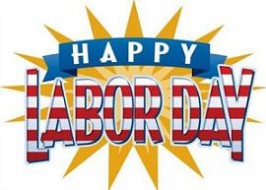 UC Libraries will be closed Monday, September 2 for Labor Day, except for the
UC Libraries will be closed Monday, September 2 for Labor Day, except for the 
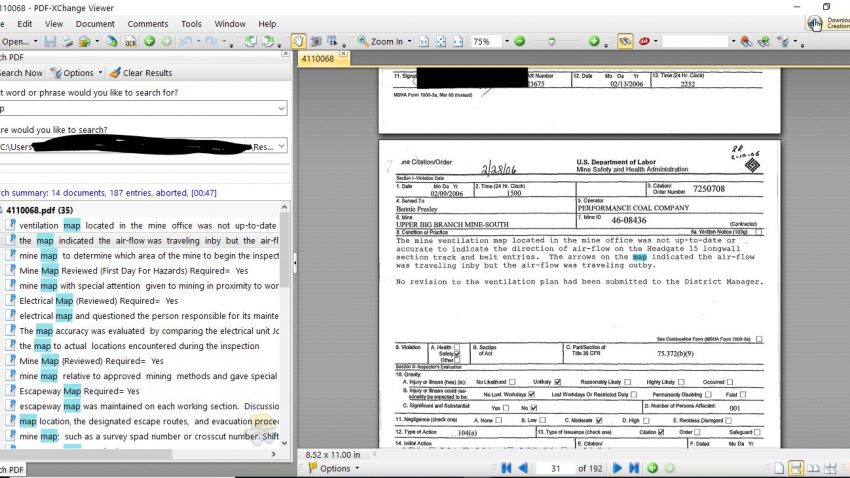


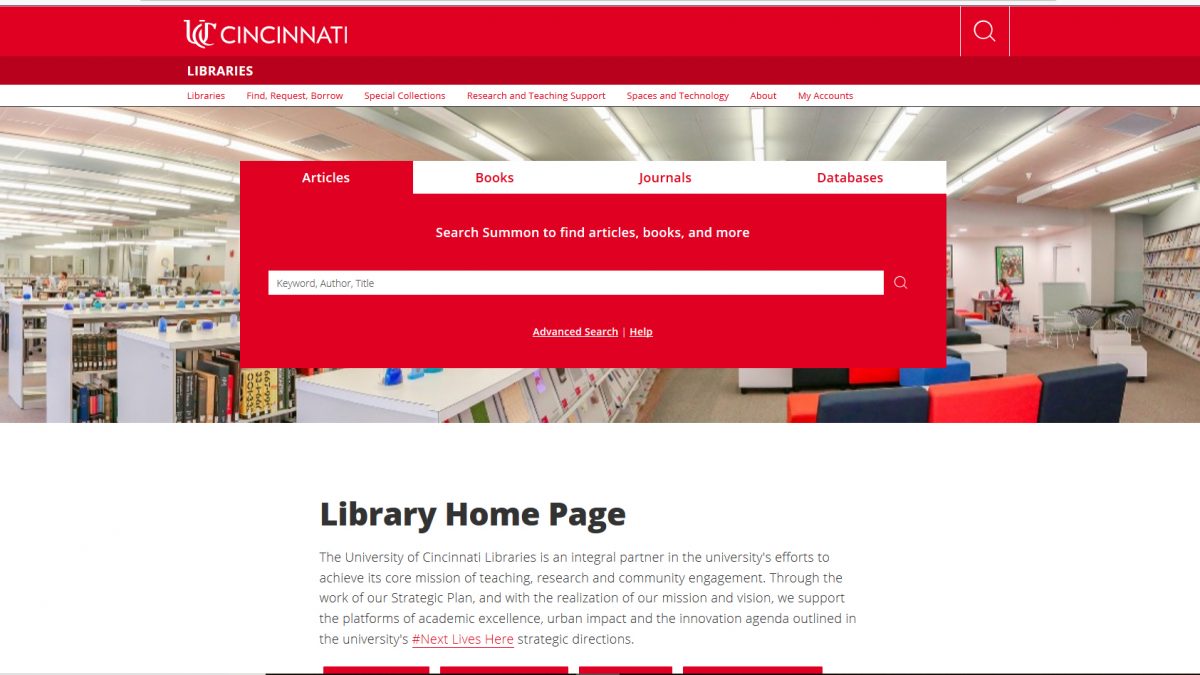
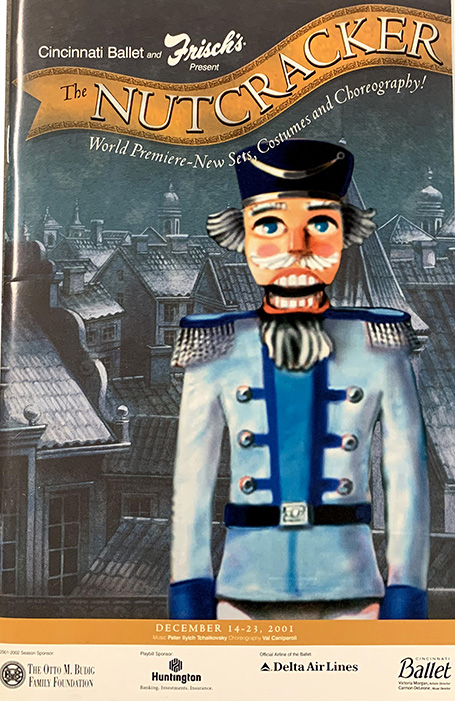
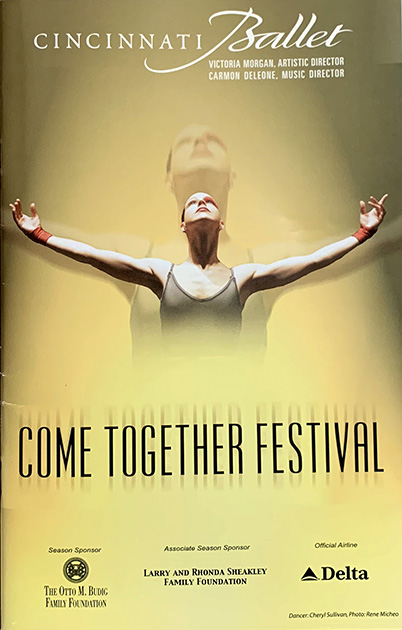
 Read Source, the online newsletter, to learn more about the news, events, people and happenings in UC Libraries.
Read Source, the online newsletter, to learn more about the news, events, people and happenings in UC Libraries.